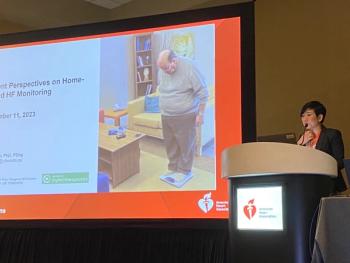
Competing plans now measured by efficient use of resources
Employers have a new measure that compares health plan resources spending against quality to determine efficiency
COMPETING FOR EMPLOYER business might become a more rigorous exercise than it has in the past. Employers have a new measure that compares health plan resource spending against quality to determine efficiency.
The NCQA bills RRU measures as a richer dataset for plan comparison, allowing purchasers to see which plans reach high quality scores with less or less intensive use of healthcare resources and services. The measures take into account inpatient days, emergency room visits, procedures, outpatient visits and pharmacy use, as well as standardized pricing, age, gender and comorbidities.
Ottone says the data can be broken down in a chart schematic based on the services (inpatient surgery, outpatient services with evaluation and management, pharmaceutical information, etc.), or rolled into an overall quality indicator score that can be plotted on a scatter graph.
"With that graph, you get a more pictorial, visual way to look at comparing plans," Ottone says. "It may be easier with plan-to-plan comparisons versus trying to delve into the details, although the detail charts are there."
Dennis White, senior vice president of value-based purchasing for the National Business Coalition on Health, says employers are straining under the cost of health benefits, which are trending two to 10 times above general inflation, while showing no better results than other countries.
"NCQA historically has provided valuable measures of quality for specific clinical conditions, and now has added the dimension of resource use for those conditions," White says. "This will permit purchasers to compare plan performance within and across markets."
With the new measurement, he says, it is the first opportunity to look beyond a plan's quality score and evaluate how much it cost the plan to achieve its score.
Ottone cautions that it isn't always about doing more with less.
The measures, she says, tell a story rather than provide a snapshot. A plan showing higher pharmacy costs and lower inpatient costs, for example, may be using medication and care rather than inpatient programs to treat patients. She says the measures provide more information that will lead to detailed conversations between plans and purchasers.
"For some, getting a high quality score with fewer services or less intensive services is a great way for plans to market themselves," Ottone says.
Newsletter
Get the latest industry news, event updates, and more from Managed healthcare Executive.




